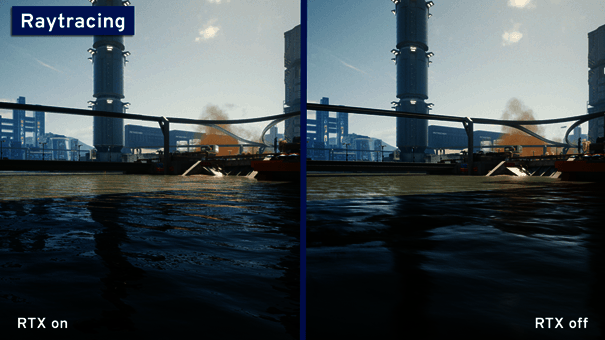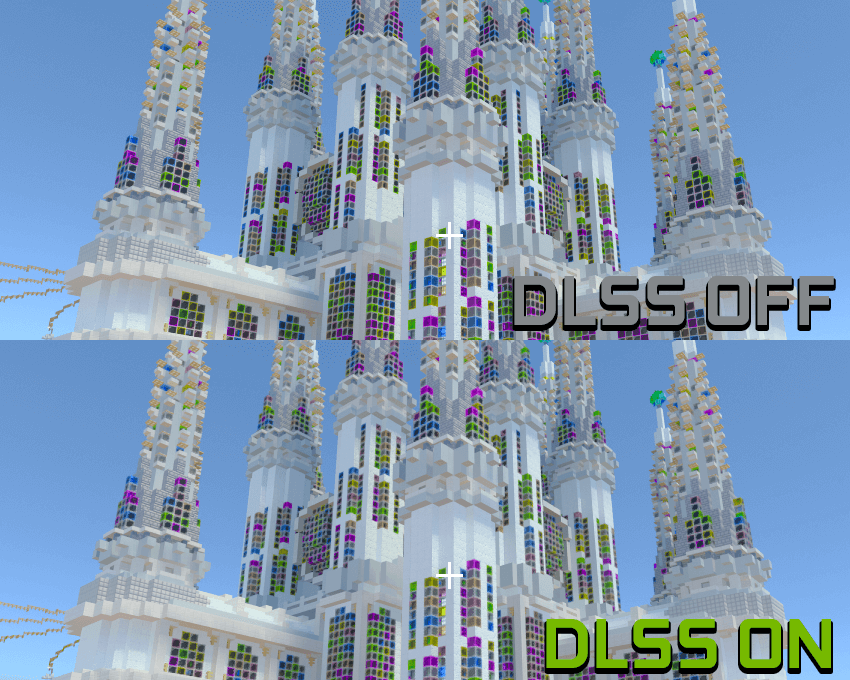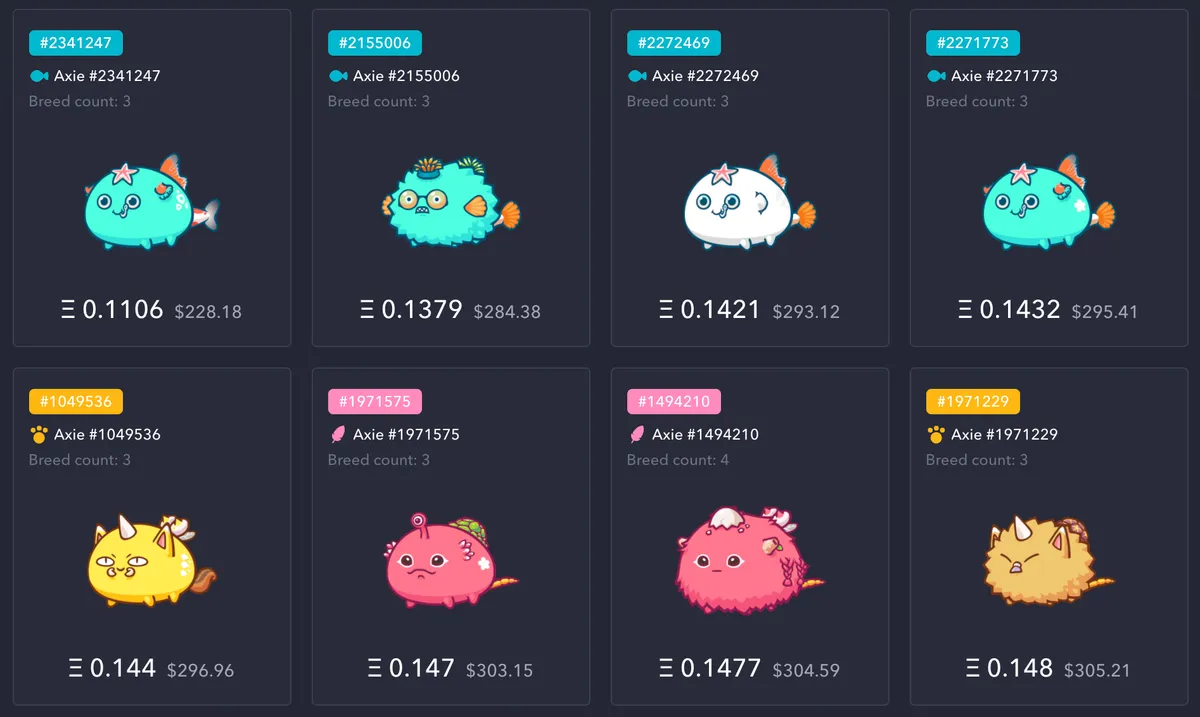As developers strive to push the boundaries of immersive gameplay, innovative techniques are emerging that offer unprecedented levels of realism, interactivity, and player engagement. From ray tracing graphics to virtual reality integration, popular PC game development technologies are creating truly unforgettable gaming experiences.
This blog post will delve into some of the most advanced techniques currently shaping the future of PC game development. We will see how these innovations are revolutionizing the way we play and interact with digital worlds.
The PC game development landscape is characterized by a growing diversity of indie games, a thriving esports culture, and global expansion.
Indie developers are exploring unique narratives, experimental gameplay mechanics, and niche genres, catering to a broader range of player preferences. On the other hand, esports has transformed PC gaming into a competitive spectator sport, driving economic growth and creating new opportunities for players and teams.
Moreover, the global PC gaming market is expanding, particularly in emerging regions like India and China, where affordable hardware, improved internet infrastructure, and local language support are driving growth. In India, the PC or desktop game development market is expected to exceed $1.5 billion by 2025. This trend is due to several reasons, including the fact that PC gamers are upgrading to high-end setups and advancements in technology.
Clearly, it’s the right time for PC game developers to tap into the growing global market and capitalize on the rising popularity of PC gaming.
Below are some advanced techniques in game development PC that allow developers to aim for ultimate gaming experiences.
Ray tracing is an advanced rendering technique that simulates the way light interacts with objects in your game’s virtual world. Unlike traditional rendering methods that approximate lighting effects, ray tracing traces the path of individual light rays as they bounce off surfaces, creating hyper-realistic shadows, reflections, and refractions.

This new-age technique brings a new level of visual fidelity to PC gaming. Imagine the experience when players play a game where the reflections in a puddle accurately mirror the surrounding environment, or where shadows dynamically shift based on the position and intensity of light sources. This level of detail can make games feel more immersive, drawing players deeper into the gaming experience.
Artificial Intelligence has become a game-changer in developing non-player characters (NPCs) that feel more lively and responsive in PC game design. NPCs are characters in a game that are not controlled by the player but by the game’s AI.
Traditionally, these characters followed scripted behaviors, leading to predictable actions that could break immersion. With AI, NPCs can now adapt to players’ actions in real time, making interactions more dynamic and engaging.
For example, in The Last of Us Part II, AI-driven enemies don’t just follow a fixed path, they communicate with each other, flank the player, and react to changes in the environment. This creates a more challenging and immersive experience, as players must constantly adapt their strategies rather than relying on predictable patterns.
Traditional game testing involves a lot of manual work, with testers repeatedly playing the game to find bugs or performance issues. AI can automate this process, running countless simulations to identify problems faster and more efficiently.
This speeds up the development process and allows for more thorough testing, leading to higher-quality games at launch.
Procedural Content Generation (PCG) is a technique in game development where content is created algorithmically rather than manually, using AI. This means that instead of PC game developers designing every detail of a game’s environment, levels, or even characters, a set of rules and algorithms are used to generate this content on the fly.
Saving development time and resources
PCG allows for the creation of vast, varied, and complex game worlds that would be impossible to build manually within a reasonable time frame. By automating the creation of certain aspects of the game, PC game developers can save substantial time and resources. Instead of handcrafting every level or environment, you can focus on fine-tuning the algorithms that generate these elements.
Unique experiences for every session
PCG can create unique experiences for players every time they play. Since the content is generated based on algorithms, no two playthroughs are exactly the same.
For example, in Rogue Legacy, a roguelike platformer, the game’s dungeon changes every time you enter it. The layout of rooms, the placement of enemies, and the locations of treasures are all AI-generated. This unpredictability keeps the game fresh and challenging, even after multiple playthroughs.
With cloud gaming, players can stream games directly from powerful servers rather than running them locally on their PCs. This means players don’t need high-end hardware to enjoy the latest graphics and gaming experiences. The heavy lifting is done in the cloud, and the game is streamed to the player’s device, much like how videos are streamed on platforms like Netflix.
For a PC game development company, integrating cloud gaming into their projects opens up new possibilities. You can design games that are not limited by the hardware capabilities of the player’s PC. This helps you create more complex, visually stunning, and resource-intensive games that can reach a broader audience, including those with lower-spec machines.
Although cloud integration is the next best thing in gaming technology, there are a few critical aspects to consider during development.
VR takes immersive gaming to the next level by allowing players to physically move within a 3D space and interact with virtual objects as if they are truly inside the game world. This level of immersion is particularly effective in first-person games, where players can look around, grab items, or even swing weapons using hand-tracking controllers.
Although AR is not as widely used in PC game development as VR, it offers unique possibilities, such as creating games that interact with the player’s physical space. A computer game developer can explore AR’s future potential by building multiplayer or hybrid games where virtual items or characters appear in the player’s real-world space.
Machine learning can be used to upscale textures, enhance lighting, and improve overall visual fidelity. By analyzing massive amounts of visual data, ML algorithms can generate high-resolution textures from low-resolution images, reducing the time and resources needed for developers to manually create detailed textures.
This process, known as AI upscaling, has been used in games like Minecraft with the help of NVIDIA’s DLSS (Deep Learning Super Sampling) technology.

ML technology can also enhance animation in the PC game development process. Unlike traditional methods, PC game developers can now generate realistic animations dynamically based on player inputs or in-game situations.
In the realm of PC game development services, blockchain enables players to own virtual assets like weapons, land, currency, etc., representing them as NFTs. These NFTs are stored in digital wallets, allowing players to trade or sell them freely.

In the game Axie Infinity, players own digital creatures as NFTs, which they can sell or trade on the open market.
At Juego Studios our team is an expert in the latest PC game development techniques, ensuring that games are built on the most evolved technologies. Whether you’re looking to develop next-gen graphics, procedural worlds, or seamless multiplayer experiences, we deliver innovative solutions tailored to your vision!
These new-age PC game development techniques are all set to reshape the future of PC gaming. Gamers can expect to witness evolved gaming worlds, offering experiences like never before. As more PC game companies continue to adopt these technologies, we will see a new era of innovation, where games become more immersive, visually stunning, and personalized.
A PC game development company like Juego Studios specializes in creating video games for personal computers, handling everything from concept and design to coding, testing, and post-launch support.
It involves creating the game’s mechanics, story, levels, and characters, as well as defining the overall player experience. This includes gameplay mechanics, user interface, and visual aesthetics.
At Juego Studios, we offer game design, programming, 3D modeling, animation, testing, optimization, and post-launch support, ensuring the game is built from concept to completion.